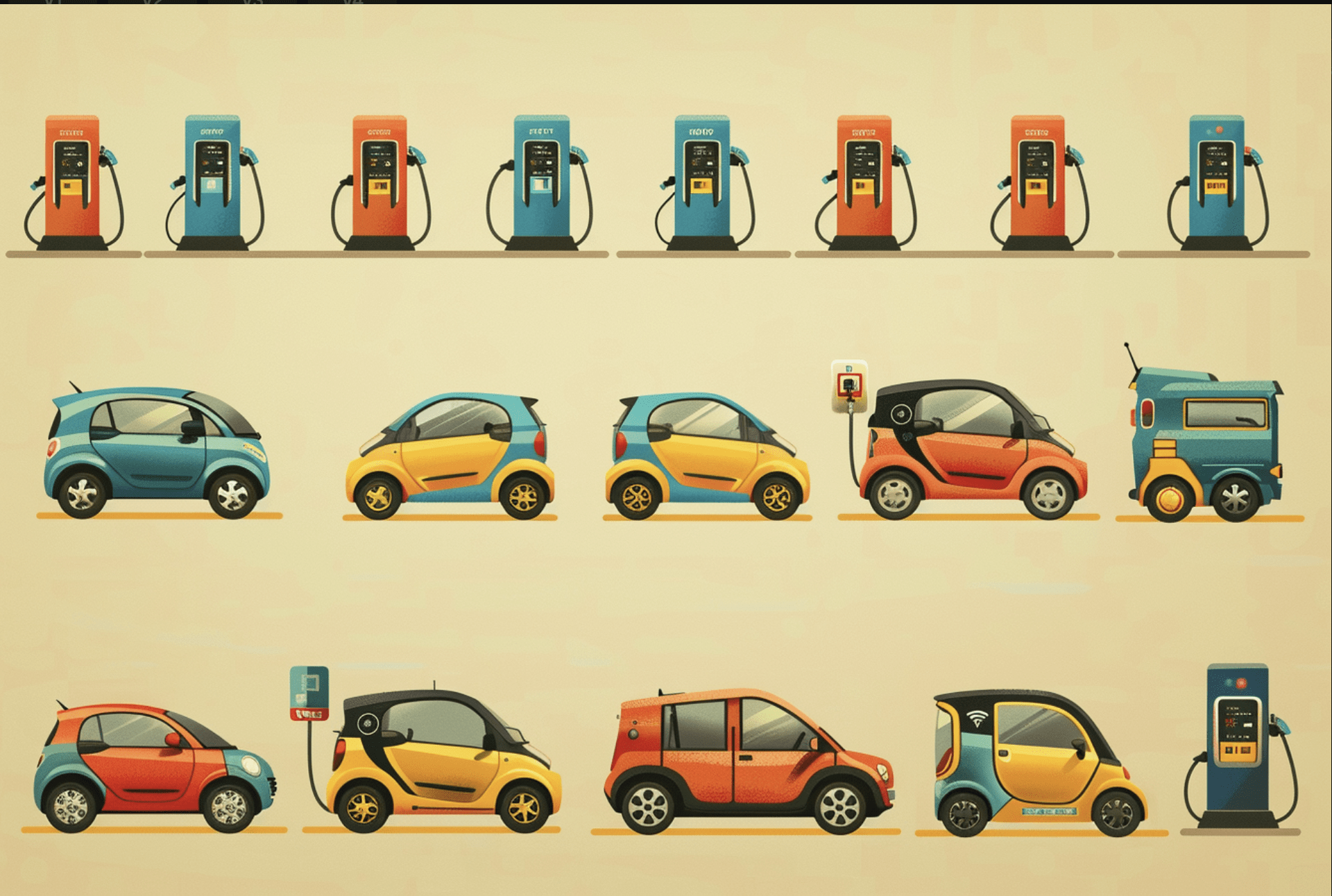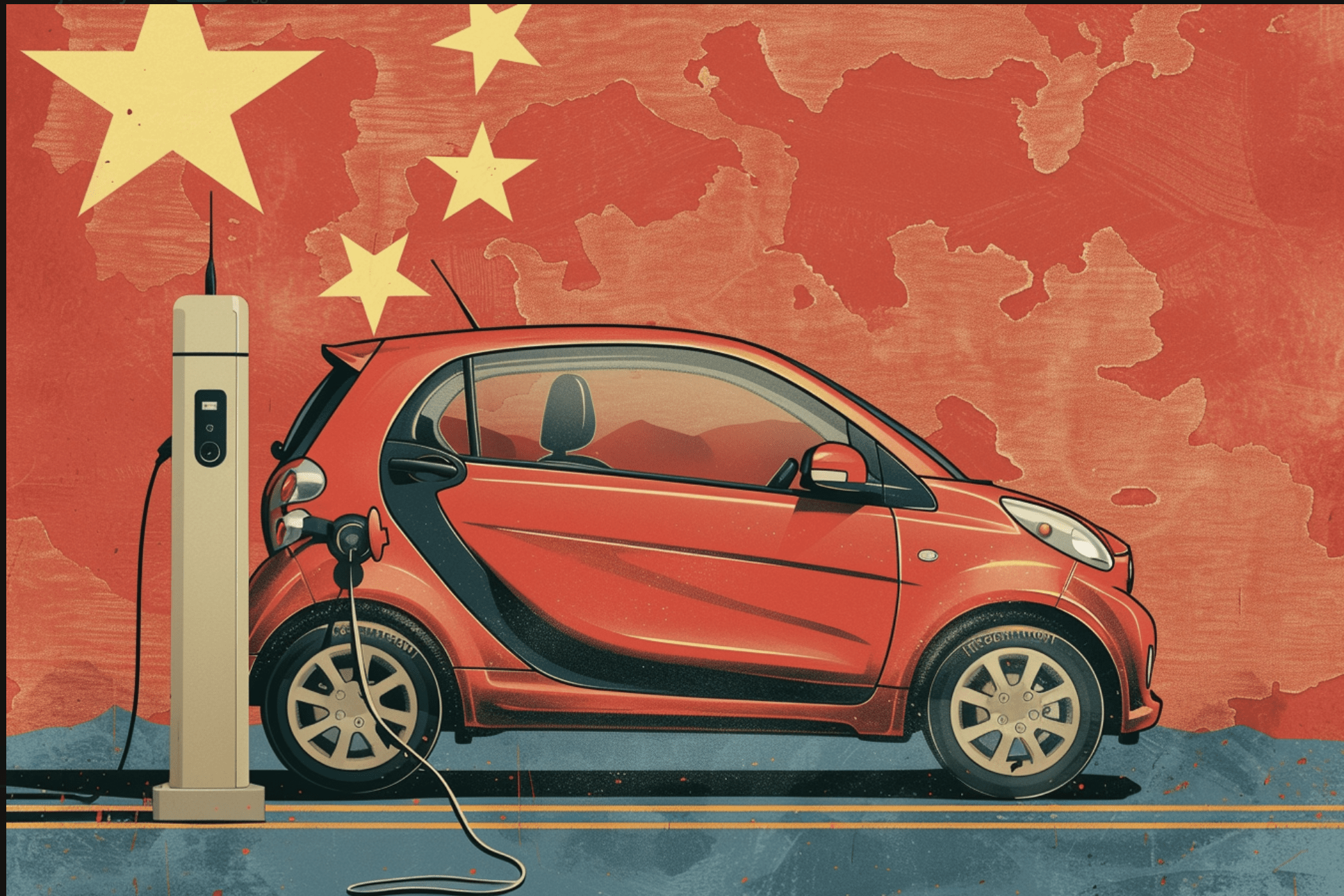Policy Brief n.15 - New challengers: China's Car Manufacturers and Their Routes to the European Market
The European manufacturers have different views on the new challenge from China and the potential outcome of the EU anti-subsidy investigation although it can be expected that the Chinese advance will go to the detriment of all European manufacturers.

Chinese car manufacturers are pushing into Europe with their electric cars. Thanks to good products, a technical lead in the battery sector, a fast-growing domestic market with strong sales, and currently unrivaled low production costs, they represent a very serious challenge for European manufacturers.
However, it is also clear that the Chinese brands with the strongest sales are already looking for production sites in Europe. As the long-distance transportation of vehicles is associated with high costs, Chinese manufacturers will likely follow the example of their predecessors from Japan and South Korea and start producing electric vehicles in the lower segments in Europe. The expansion of battery cell production in Europe will be a key element to facilitate this trend as it reduces the scarcity of the most important and cost-intensive component for BEVs.
Imports of Chinese BEVs will continue to focus on high-priced models. The new manufacturers in particular, who are targeting the premium segment, can sustain the cost of long-distance transportation.
This implies that the advance of Chinese manufacturers into the European market means less the end of the European automotive industry than an intensification of competition in a market with high vehicle prices by international standards. This turn has raised concerns among established manufacturers and has undoubtedly contributed to the EU Commission launching an anti-subsidy investigation into Chinese BEVs.
At this point, however, it should be emphasized that the European manufacturers' view of possible tariffs on Chinese BEVs are very diversified across countries. The difference between the German and French brands is most striking. The French manufacturers (Renault, Peugeot, Citroen) sell around half of their vehicle production in Western Europe and are therefore susceptible to increased competition in this market.
They have hardly any presence in large non-European markets such as the USA or China. To overcome this serious weakness, French manufacturers have used various instruments over the last 10 years. Moreover, Renault and, to a lesser extent, Stellantis are highly dependent on the e-market, especially in the smaller vehicle segments. This is precisely where the expected advance of the Chinese manufacturers is likely to be most noticeable. For these companies, isolation through tariffs therefore means a rather high benefit with minimal risk.
This is very different with German manufacturers. They also sell around a third of their vehicles in Europe in terms of unit sales, but they tend to be lower-margin vehicles. Measured in terms of profits, Europe's share is significantly lower. On the other hand, German manufacturers sell between a third and 40 percent of their vehicles in China, including many high-margin models. Around 250,000 cars are exported from Germany to China every year, including many luxury models. This very profitable export business could be severely affected by Chinese countermeasures at a time when German manufacturers are already in fierce competition with Chinese manufacturers in the Chinese market.
Therefore, the European manufacturers have different views on the new challenge from China and the potential outcome of the EU anti-subsidy investigation although it can be expected that the Chinese advance will go to the detriment of all European manufacturers.

In 2023, China became the largest vehicle exporter in the world. The country exported around 4.1 million passenger cars and 800,000 commercial vehicles
IEP@BU does not express opinions of its own. The opinions expressed in this publication are those of the authors. Any errors or omissions are the responsibility of the authors.
